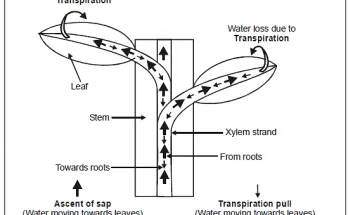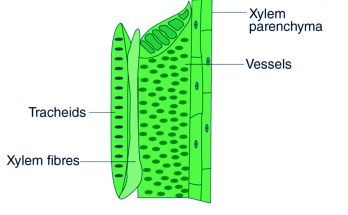
Endocytosis and Exocytosis – Differences , Similarities ,Roles, Steps , Types
Endocytosis and Exocytosis are cellular processes used to move molecules in and out of cells, respectively. Endocytosis involves the formation of a vesicle to engulf and transport molecules into the cell, while exocytosis involves the fusion of a vesicle with the plasma membrane to release molecules out of the cell. These processes play important roles in nutrient uptake, waste elimination, cell communication etc.
Endocytosis and Exocytosis – Differences , Similarities ,Roles, Steps , Types Read More

